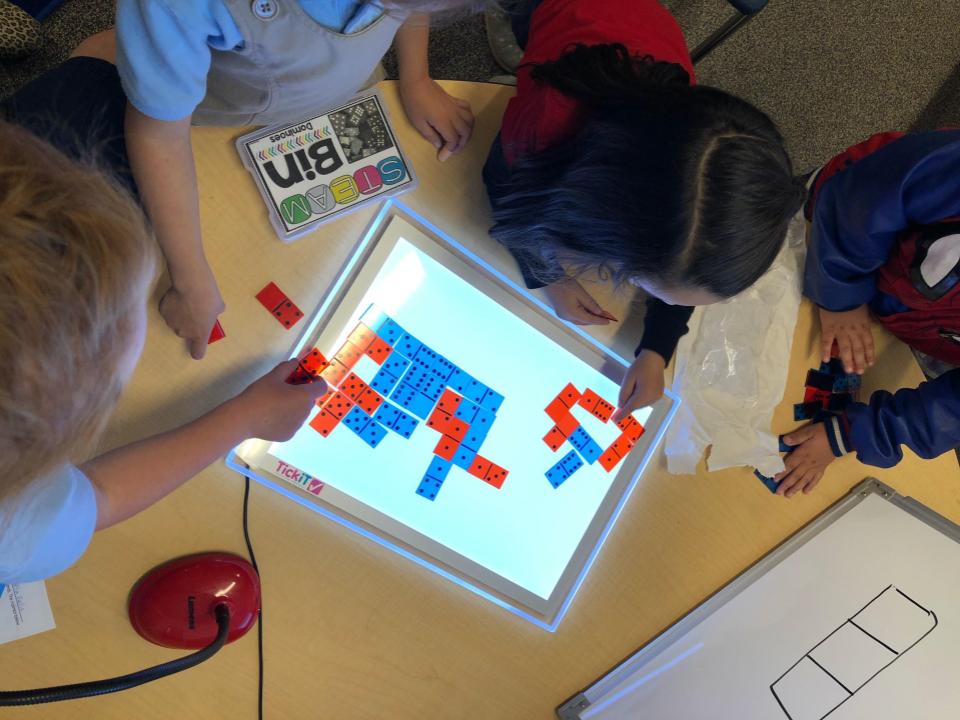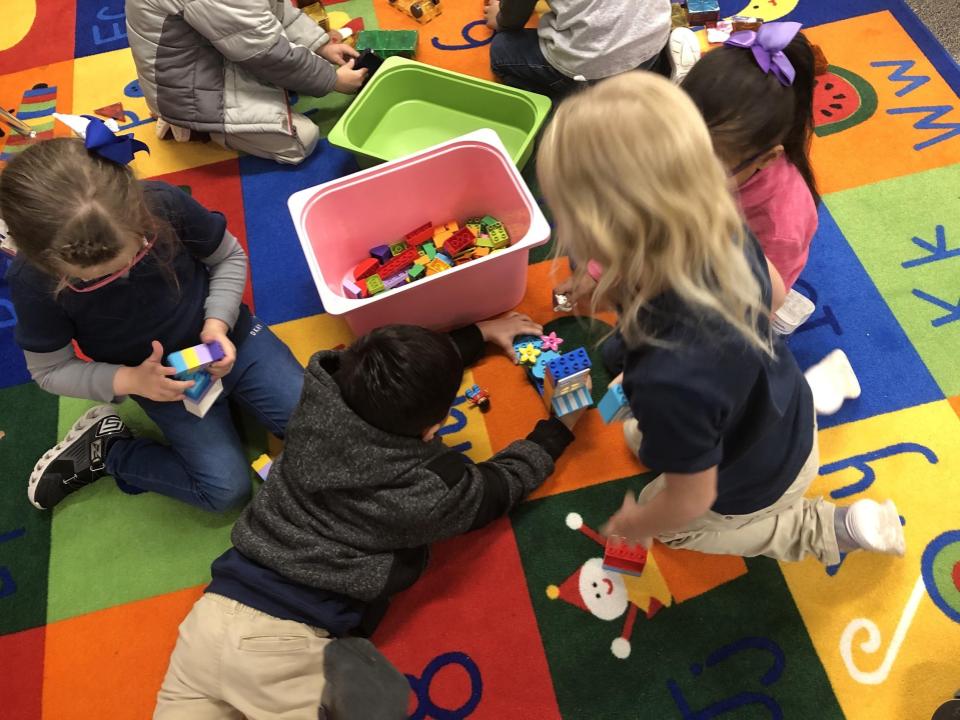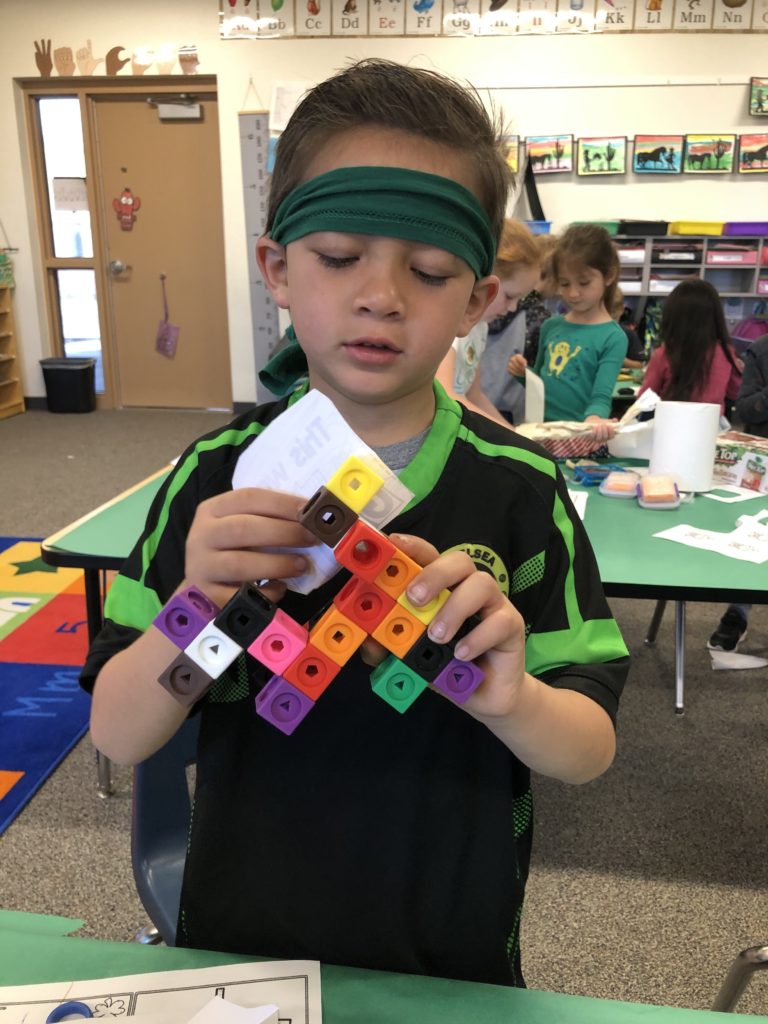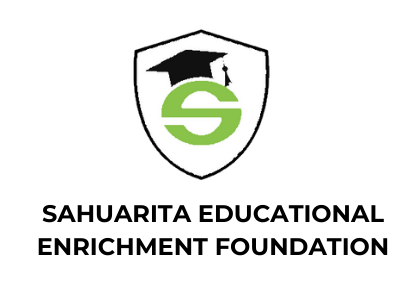Hands-on Learning
A Project by Shannon Holz, WRS
-
Why did you choose to start this project with your students?
I chose to apply for this grant to benefit my students in the areas of fine-motor, problem-solving, spatial relations, hand-eye coordination, plus content areas including mathematics, ELA, and science. I wanted to find a way to incorporate the hands-on learning that we know is best in the early elementary years, give them tools for social and emotional learning, and also support core content areas. High quality manipulatives that can be used all year long, that the students love to use and which. make learning fun, and that can be used in many different grades were the perfect tool. I appreciated the opportunity to have the Sahuarita Educational Enrichment Foundation support my purchase of these tools, as I already had invested significantly in other hands-on tools this year.

-
What did you enjoy about this project?
I appreciated getting to incorporate the highest level of learning – hands-on, inquiry-based, exploration, developmentally appropriate – to my kindergarten classroom. On the day this package arrived, I had a student ask me, “Why did you get us so many new toys?” What a gift for children to think of learning tools as “toys” and to not realize that by working with their hands, they are doing the most important job of childhood. They looked at playing dominoes on the light table as “play,” not as important lessons in counting, subtilizing, greater/less than, addition and subtraction, and social-emotional learning! At the time of writing the grant, I had no way of knowing that I would be moving grade levels from kindergarten to fifth grade. I am so grateful that I picked items that can continue to be used in higher grades, and I am grateful to get to incorporate these same tools into my older learners. I think the big kids will enjoy more in-depth lessons on light and sound using these same tools, as well as some incorporation into our ELA stations and social-emotional time. I am so thankful for a supportive educational community in Sahuarita which grants teachers the funds to support their endeavors. Overall, the cost of the project was relatively small but it will impact a lot of students for a long time, and to feel supported by my teaching community was deeply gratifying.

-
How did this project enrich or impact the student learning experience?
I had a hard time finding good pictures of my students using these tools because they were always blurry or covered up by many busy bodies and hands. The students were always in motion, always eager to use these tools, and the tools were always in use. The light table was used as part of our “soft start” in the mornings, during math and literacy stations, science, and as part of our social-emotional learning time. Students were just drawn to exploring shapes and colors with it, it made learning fun, and was never put away! The Lego blocks and MagnaTiles were another tool that never got put away. We even had to create rotations so everyone got a turn building, working with partners, creating geometric shapes, making houses and letters, and using the different colors to represent letters. During our geometry lessons in particular, the MagnaTiles were able to be used on top of the light table to really bring the 3-D shapes to life.



